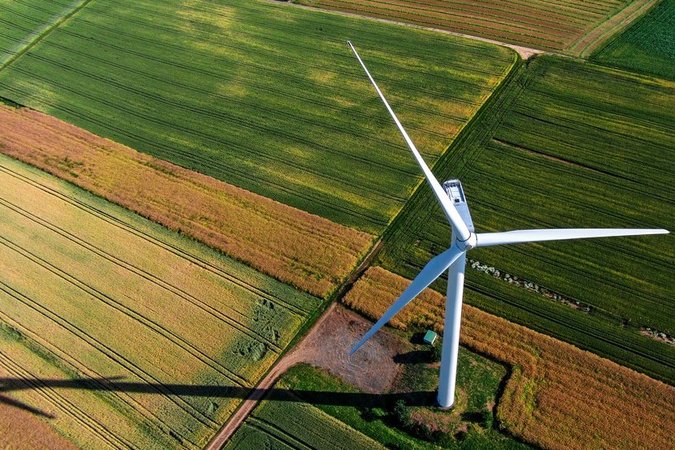The Measurement of the Energy Intensity of Manufacturing Industries:A Principal Components Analysis
DownloadEnergy intensity is the ratio of energy use to output. Most industries deal with several energy sources and outputs. This leads to the usual difficulties of aggregating heterogeneous inputs and outputs. We apply principal components analysis to assess the information derived from six energy intensity indicators. We use two measures of total energy use (thermal and economic) and three measures of industry output (value added, value of production, and value of shipments). The data comes from manufacturing industries in Québec, Ontario, Alberta, and British Columbia from 1976 to 1996. We find that the variation of the six energy intensity indicators that is accounted for by the first principal component is quite large. However, depending on how variables are measured, there may be significant differences in the assessment of the evolution of energy intensity for some industries. There are no particular patterns in this respect. This makes identifying benchmarks that could be used to assess future performance difficult.
Authors

Jean-Thomas Bernard

Bruno Cote



